Aesthetic medicine
In addition to hernia operations, we also offer procedures in the field of aesthetic medicine. These can be combined well with a hernia operation so that the patient’s body only has to be stressed once by the anaesthetic. Various aesthetic medicine procedures can be performed by our surgeons themselves. For more complicated aesthetic procedures, we work closely with our plastic and aesthetic surgeons. In a consultation we can inform you about the different possibilities in your individual case.
Liposuction
In liposuction, stubborn fat deposits that often do not disappear even through training and optimal nutrition are suctioned out during a surgical procedure. Frequently treated problem areas are the abdomen and hip area, as well as the thighs and arms. An irrigation fluid is injected into the fat deposits through small openings, which causes the fat cells to burst and prepares them for suction. With blunt cannulas, the fat cells are sucked out after a reaction time.
Tightening
Sagging tissue and excess skin can result from pregnancy, weight fluctuations or the ageing process, but can also be genetically determined. Especially if the skin has been overstretched several times and for a long time, it can no longer regress on its own. With the help of a tightening, excess skin and fatty tissue is surgically removed from the patient in the troublesome areas. Lifting is particularly frequently performed on the abdomen, arms and thighs.
Abdominoplasty
In abdominoplasty, the surgeon removes excess skin and fatty tissue from the abdomen to achieve a tightening. In a small abdominoplasty, only the excess skin on the lower abdomen (below the navel) is removed and mainly the area between the navel and the abdominal fold is corrected. To do this, a horizontal incision is made from one side of the hip to the other, slightly above the pubic area. The part between the navel and the incision line is pulled down and thus tightened.
If the upper abdomen is also to be tightened, a large abdominoplasty is necessary. In this case, in addition to the incision above the pubic bone, the navel must also be detached from the abdominal wall and moved to the new position, as otherwise it would lie unnaturally low due to the tightening. If a rectus diastasis is present, abdominoplasty not only removes skin and fat tissue, but also fixes the straight abdominal muscles back in their original place using a suturing technique. The surgical scars are usually deep enough in abdominoplasties so that they are well concealed by the bikini or swimming trunks.
Read more about:
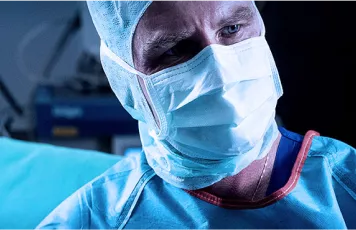
Mission Statement
The team at the Hernia Centre Switzerland specialises in the diagnosis and treatment of hernias.
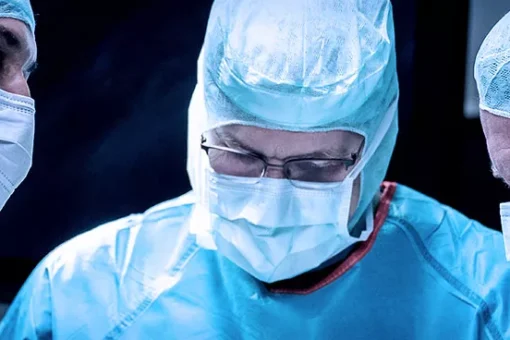
Team
The team of doctors at the Hernia Centre Switzerland is led by the head physician, Dr. med.…
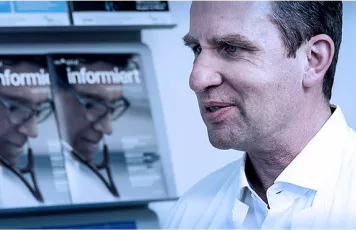
Individual diagnosis for hernias
Do you suspect a hernia, have you already been diagnosed with a hernia by your GP or…
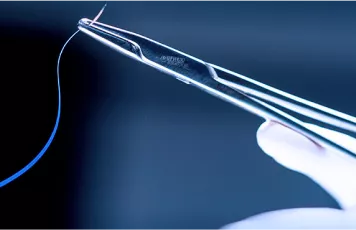
Aftercare
In general, you should expect a recovery period of 2 to 6 weeks after an operation.
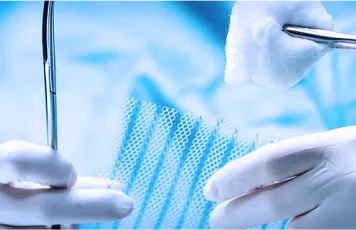
Emergency
An incarcerated hernia is always an emergency and must be repositioned (moved back under ultrasound control) within…
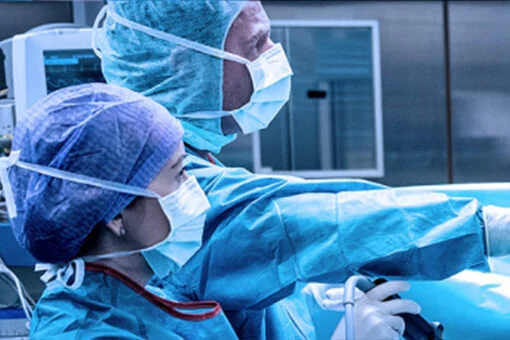
Hernia operation
Depending on the surgical technique, a hernia operation is performed under general anaesthesia or with a peridural…

